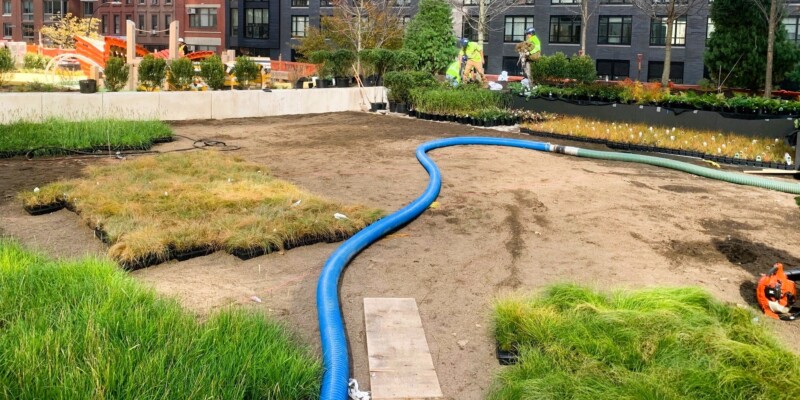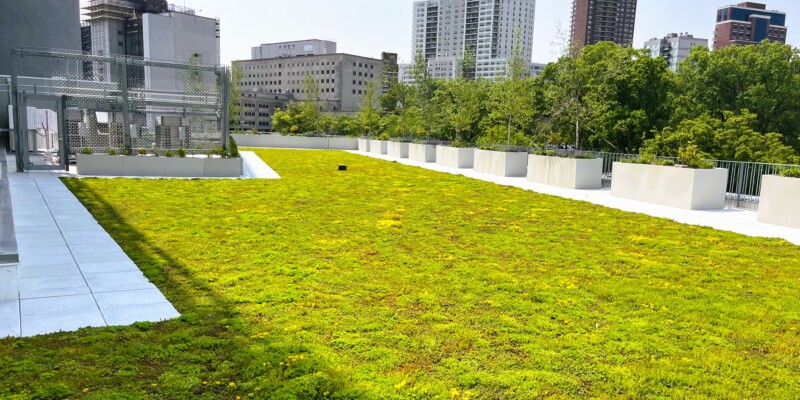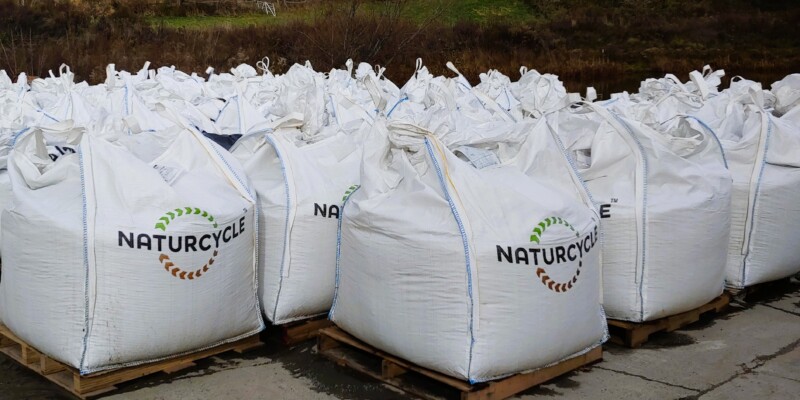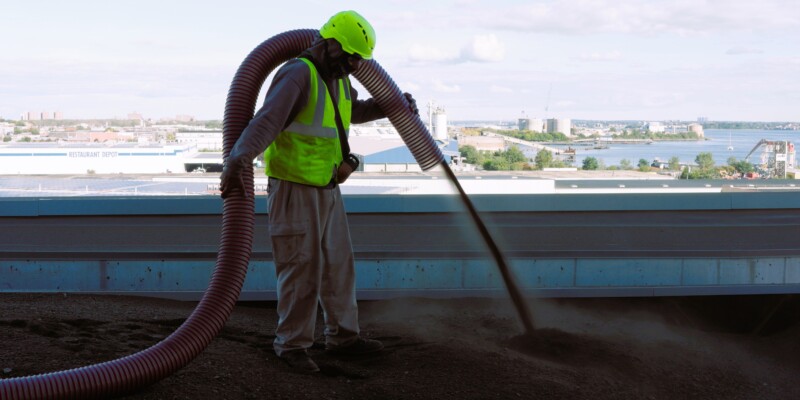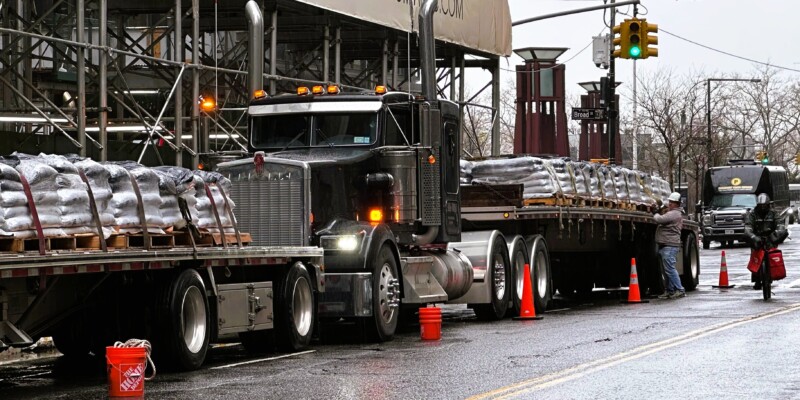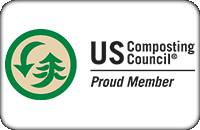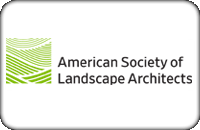Naturcycle specializes in compost for soil amendment and erosion control uses, from farming to landscape supply and engineered soils. Compost is a critical component for greening our environment, organics recycling, and managing stormwater. Another important tool that incorporates compost is green roof media. Green roof media is a manufactured soil-less product, not a naturally occurring topsoil. Our media supports a wide variety of plants and is a combination of lightweight aggregate, washed natural sand, and premium compost enrolled in the US Composting Council’s Seal of Testing Assurance program. At Naturcycle, we often get questions like “why can’t I use topsoil,” “why is it more expensive than other soils,” and “do you only offer your products in bulk?” These are just some of the many factors for customers to consider when installing a green roof. Let’s look at a few of them.
1. Saturated Weight
The most important thing that any contractor or designer needs to start with is the dead weight per cubic foot of soil. In the United States, that is calculated using ASTM E2399 “Standard Test Method for Maximum Media Density for Dead Load Analysis of Vegetative (Green) Roof Systems,” which provides a reproducible laboratory procedure for predicting the maximum media density, moisture content, air-filled porosity, and water permeability under conditions that more closely replicate field conditions on green roofs.” Knowing the saturated weight of the material you’re working with, often within a given range or a specified maximum, is critically important. For example, Naturcycle® Intensive 85 green roof media weighs between 80 and 85 pounds per cubic foot (85 lbs/ft3), as confirmed through regular quality control testing. These ranges are important because green roof media is made from natural materials that can have slight variances in particle size, organic matter content, etc., that can cause small variations in the measured weight of a blended product. ASTM E2399 uses an average of two measured results and is critical to determining the dead weight calculations that structural engineers need. This is where all green roof discussions should start as the saturated weight requirements directly impact pricing, installation options, lead time, product availability, and more.
2. Intensive vs. Extensive
After determining the weight requirements, you need to know which type of green roof media is needed for your installation. Intensive media has a finer texture and is used for depths greater than 6 inches, best suited for trees, shrubs and deeper-rooting plants like perennials and grasses. Extensive media is used in applications of 6 inches or less and drains more quickly due to its coarser texture. It is better suited for sedum or grasses that don’t grow well in wet conditions. While you can often use intensive media in place of extensive media, you cannot use extensive media in place of intensive media. It’s a good idea to contact professional firms like Naturcycle to help design simple and effective green roof systems to ensure you are using the right blend for your project.
3. Bulk vs. Bags
How do you determine whether to buy green roof media in bulk or in bags? From our facilities in the Hudson Valley and outside Boston, we manufacture media for large projects throughout the northeastern United States. Bulk material is loose and granular, typically loaded into dump trucks, pickups, or trailers for delivery. Bagged material can be purchased either in 1.5 cubic yard super sacks or smaller 40-lb bags, both of which are delivered on a pallet. Super sacks are designed for one-time use and can weigh thousands of pounds depending on the blend. They can easily be lifted to a rooftop via crane and need to be unloaded via a large forklift or sturdy skid steer. We can also unload super sacks to a loading dock with prior notice. The smaller bags can be unloaded by hand and are easier to move around a job site but are a more expensive option.
4. Blower Trucks
Super sacks and small bags generate waste as the plastic from both is not currently recyclable. Naturcycle supports bulk installation where possible and blowing material via pneumatic pumps is a useful option. We work closely with several blower truck operators, like Express Blower and AirPump USA and our resume is second to none working with these specialized machines and supporting unique project needs. Blowing material into place puts the media right where you need it and we can coordinate the logistics of shipping directly to jobsites to help control costs. Weather is a major factor when using blower trucks for installation, as excessive rain or freezing temperatures can affect the ability to move the material through the pumps properly, so scheduling delivery and installation with this is mind is critical. Our experience with these challenges is crucial to your project’s success.
5. Lead Time
Rather than stockpile bulk material, Naturcycle manufactures green roof media to order, which assures product quality, reduces weed seed pressure, and guarantees the right mix is delivered to the job site. Because of the additional steps needed to package products when not ordering in bulk, bagged products like super sacks and small bags take extra time to produce, so you should contact Naturcycle well ahead of installation to coordinate project-specific lead times. We are happy to help!
There are many things to consider when designing or installing a green roof, but these five items are a good place to start, and Naturcycle is available to assist in any way we can.


